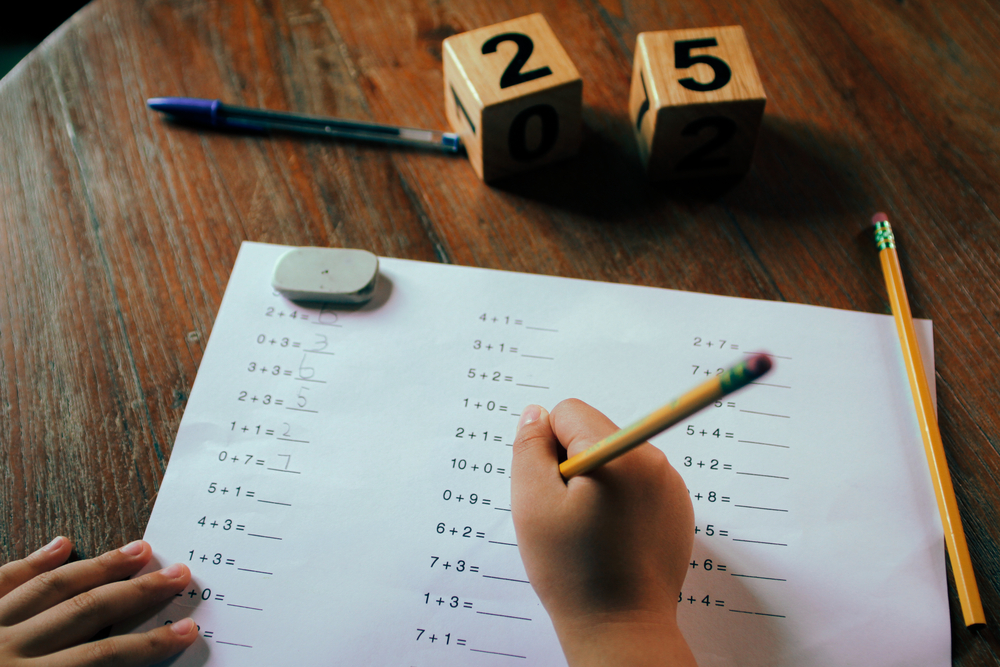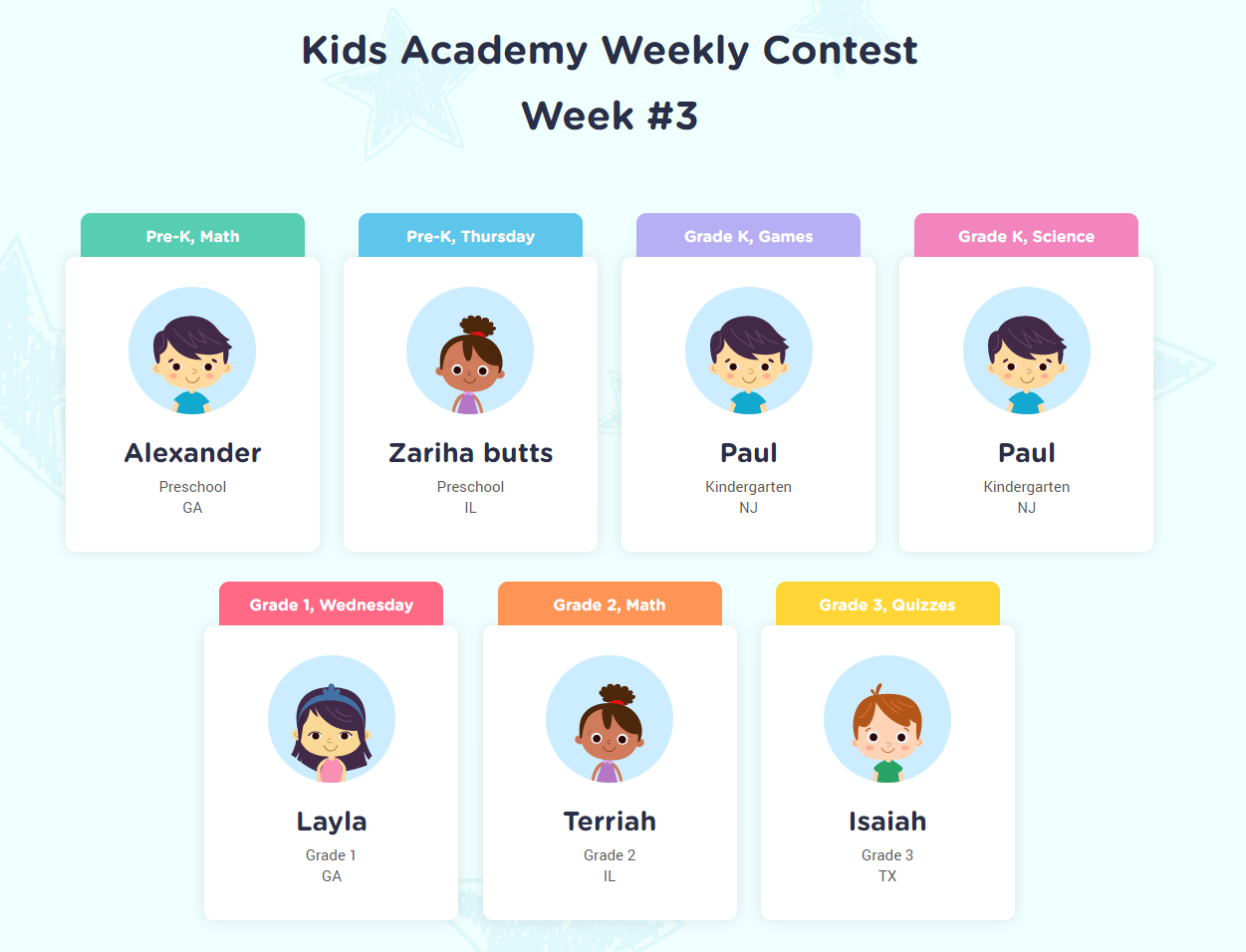Promotes color identification Worksheets for Kids
1 filtered results
-
From - To


Lobster Trap Line Plot Worksheet
Question/Answer
How to test a Grade 3 student’s Promotes color identification skills?
To test a Grade 3 student's color identification skills, present them with a variety of objects or flashcards in different colors. Ask the student to name each color. For a more advanced assessment, include shades and tints of basic colors. Consider using both common and uncommon colors to gauge the depth of their color vocabulary and identification skills.
How to train the Promotes color identification skill in Grade 3 students learning about Addition & Subtraction?
Incorporate colored blocks or cards into addition and subtraction exercises. Assign different colors to represent various numbers or operations. For example, red blocks for addition and blue for subtraction. Ask students to solve problems by combining or separating the colored items accordingly. This method visually reinforces mathematical concepts while simultaneously enhancing color identification skills.
Why is the Promotes color identification skill important for Grade 3 students?
Promoting color identification skill in Grade 3 students is crucial because it enhances visual learning, helps in distinguishing and categorizing objects, supports the development of fine motor skills through activities like coloring, and plays a key role in safety through recognition of warning colors. It also lays a foundation for art education and understanding of cultural and natural differences.
 Assign to the classroom
Assign to the classroom












